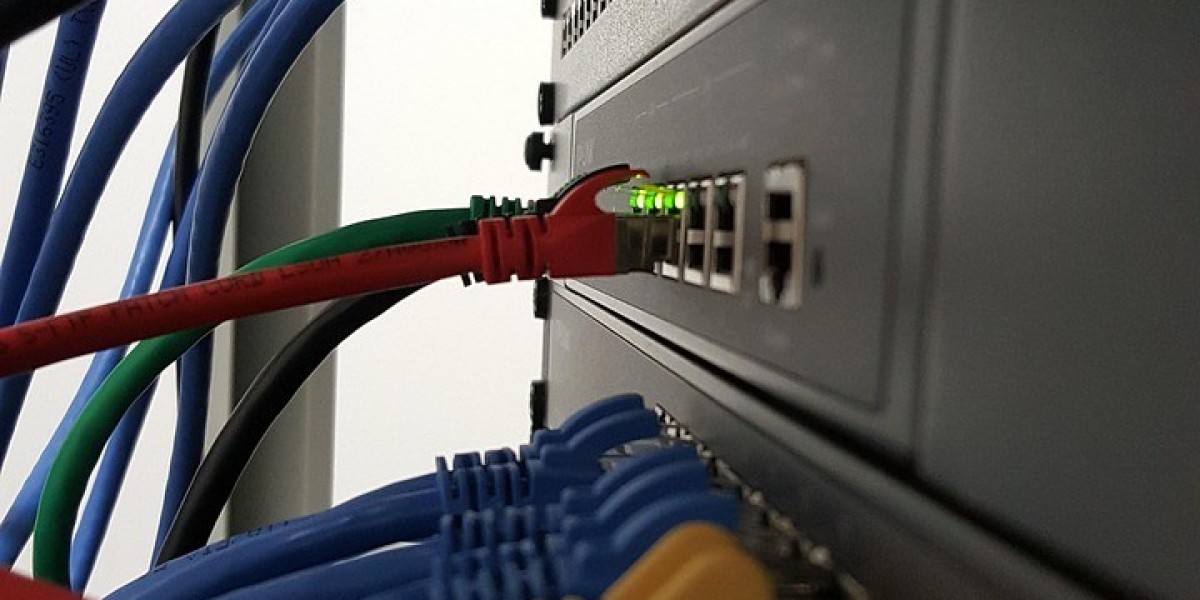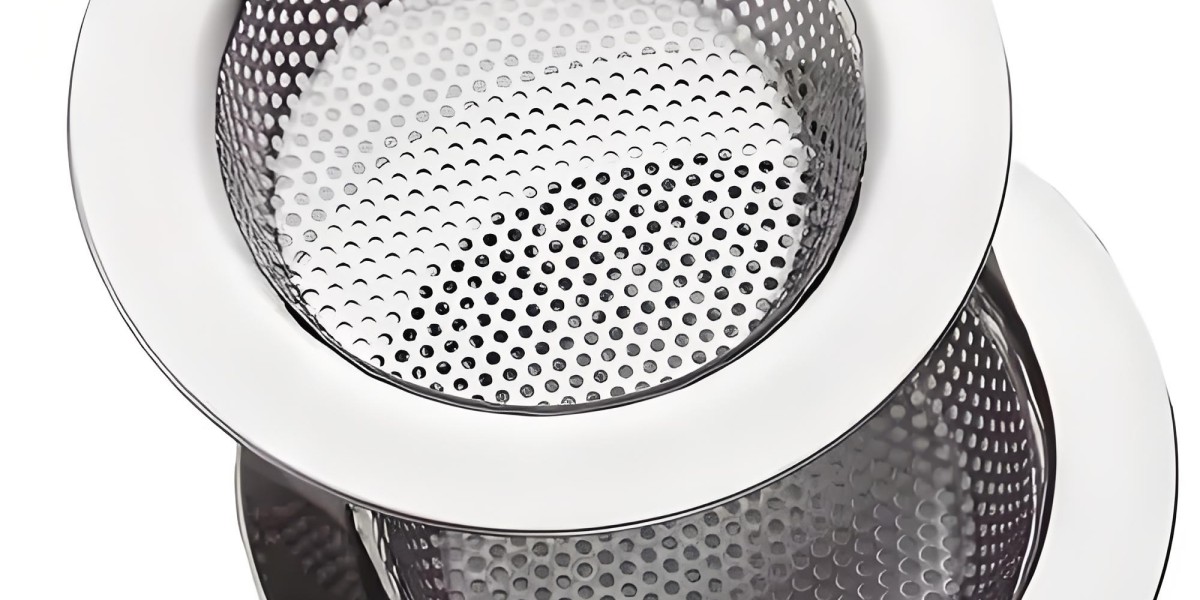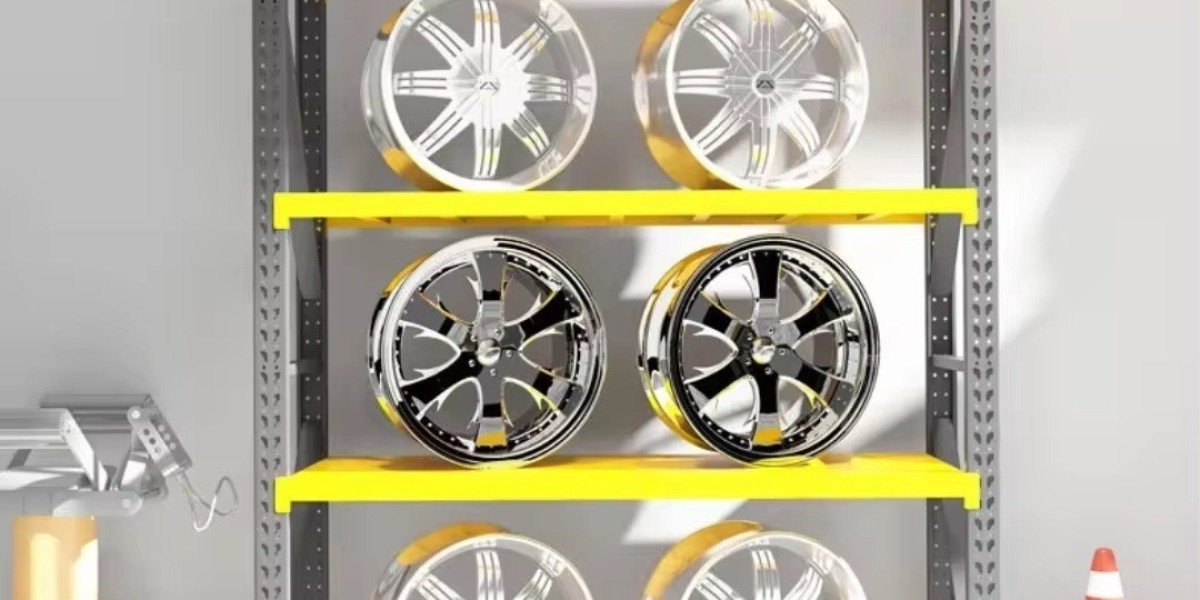Setting up a network may appear straightforward at first, but cable installation requires precision, planning, and an understanding of key technical factors. Many people, whether working on home setups or business networks, unknowingly make critical mistakes during installation. These errors can reduce performance, compromise safety, and lead to costly repairs down the line.
The success of any network heavily depends on how well the physical infrastructure is laid out. Even with high-end routers and switches, a poorly installed cabling system can bottleneck speed and stability. This article explores the most common mistakes made when installing network cables and how to avoid them to ensure your setup runs smoothly.
Ignoring Cable Management from the Start
One of the most frequent errors in network installations is failing to plan proper cable management. Without organizing the layout in advance, cables can become tangled, stretched, or improperly bent. This not only makes troubleshooting difficult later but also increases the risk of cable damage over time.
Routing cables through walls, ceilings, or floor panels without a structured approach often leads to messy, inaccessible systems. Good cable management isn’t just about aesthetics. It ensures longevity, makes future upgrades easier, and allows for better airflow and cooling in data environments.
Mixing Cable Categories Without a Clear Purpose
Many users don’t fully understand the differences between various Ethernet cable categories like Cat5e, Cat6, and Cat6a. Mixing these cables randomly within the same network can cause inconsistent data transfer rates. If an older, slower cable is placed between two high-speed devices, the entire link will operate at the speed of the slowest component.
It's crucial to plan the type of cable used throughout your infrastructure. For commercial environments, selecting one standard ensures predictable performance and minimizes connectivity issues that arise from mismatched specifications.
Overlooking the Importance of Cable Ratings
Every Ethernet cable comes with a specific jacket rating, which determines its suitability for different environments. Using the wrong type of cable in certain spaces can lead to major safety violations. For instance, installing non-plenum cables in air-handling spaces violates most building codes and increases fire risks.
Understanding the difference between plenum, riser, and general-purpose cables is essential. For example, plenum-rated cables are designed to meet strict fire resistance standards and are typically used in commercial buildings where safety regulations are strict.
Some installers make the mistake of prioritizing cost over compliance, unaware that affordable plenum cables for commercial installations are available and provide both safety and performance. Choosing the correct jacket rating from the beginning saves time, money, and potential hazards later.
Running Cables Near Electrical Lines
Placing network cables too close to electrical wiring is another common issue. This can result in electromagnetic interference (EMI), leading to slower speeds, data corruption, or complete signal failure. Ethernet cables, especially unshielded ones, are sensitive to the electrical noise generated by power lines and heavy machinery.
The best practice is to maintain a separation of at least 12 inches between power and data cables, particularly when running them parallel. If space is limited, consider using shielded cables to reduce the risk of interference, though proper routing is always the most effective solution.
Failing to Account for Cable Length Limits
Ethernet cables have a maximum recommended length, typically 100 meters (about 328 feet) for standard twisted-pair cables like Cat6. Exceeding this length without network switches or repeaters can result in degraded performance and signal loss.
Installers often make the mistake of using one long cable for distant connections, especially in large buildings or warehouses. The better option is to use intermediate networking equipment to maintain signal strength and performance throughout the system. Ignoring these limitations can lead to persistent connection drops and speed issues.
Pulling or Bending Cables Too Tightly
During installation, excessive pulling or bending of cables can compromise their internal structure. This often happens when installers rush the process or try to force cables through tight spaces. Ethernet cables are built to be flexible, but they have bend radius limitations that, if exceeded, can lead to poor performance or permanent damage.
Sharp bends or kinks in a cable can affect the twisted pair alignment inside, which is crucial for noise reduction and signal integrity. It’s important to guide cables gently and avoid pulling them with force or twisting them too tightly around corners or through conduits.
Forgetting to Label Cables
While it may seem like a minor step, failing to label cables can become a major headache later. Especially in larger networks, identifying which cable goes where becomes a difficult task if there’s no system of labeling in place.
Without proper labeling, diagnosing issues, replacing cables, or expanding the network becomes time-consuming and error-prone. Taking a few minutes during installation to label each cable on both ends saves hours of troubleshooting down the line.
Skipping Cable Testing After Installation
Many installers finish running cables and assume everything is set without actually testing the connections. Skipping this step can leave hidden faults that may not be obvious immediately but cause performance issues over time.
Testing with a reliable cable tester ensures that each line is correctly wired, free of defects, and meets the necessary performance criteria. It also helps identify poor terminations, signal loss, or breaks that could become worse with continued use. Testing post-installation is a professional standard that should never be ignored.
Using Cheap Connectors or Patch Panels
Network performance doesn’t just rely on the cables but also on the connectors and patch panels used to terminate them. Low-quality connectors can result in poor signal transfer, unreliable connections, or even physical damage to the cable ends.
Some users invest in good-quality cable but pair it with inexpensive components that degrade the overall network performance. Using certified and compatible hardware ensures that your entire setup maintains high data integrity and durability across all connection points.
Not Planning for Future Scalability
Lastly, many installers focus only on current needs without considering future upgrades. Whether it's a growing business or evolving home technology, networks should be designed with scalability in mind. This means leaving room in conduits, using higher-grade cables like Cat6a or Cat7, and ensuring excess length where needed.
Planning ahead allows easier upgrades and avoids the need to rip out existing infrastructure just a few years later. A small increase in investment today can result in long-term savings and convenience.
Final Thoughts
Installing a network is more than just plugging in cables and hoping for the best. Every decision—from the type of cable to the way it’s laid out can affect performance, reliability, and safety. Avoiding these common mistakes not only saves time and money but also ensures a stable and efficient network environment.
Understanding basic installation practices, following fire and safety codes, and using quality components help in building a strong networking foundation. Whether for homes or commercial buildings, a properly installed cable infrastructure will support fast, secure, and dependable connectivity for years to come.



